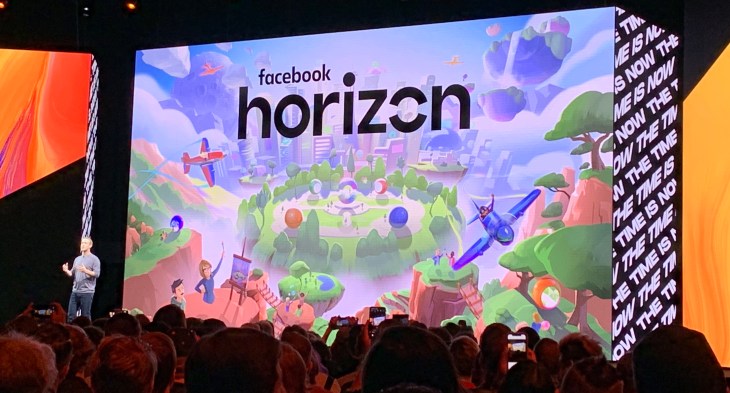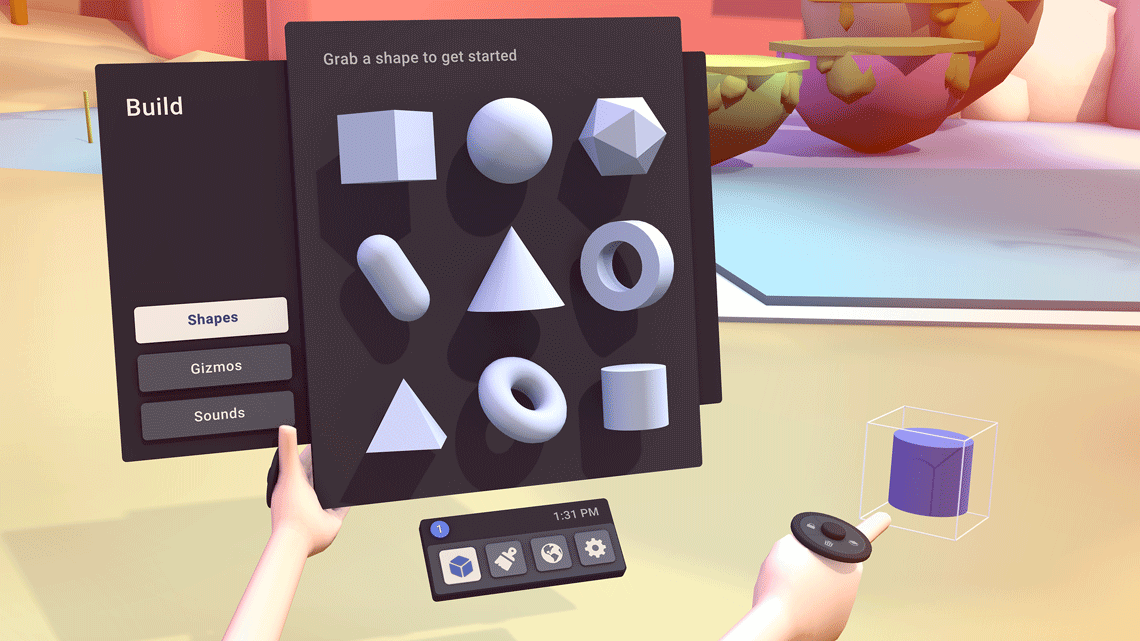
Facebook is working on a fresh way to read news, a source tells TechCrunch. It’s not based on RSS, and Facebook isn’t rushing the launch of a product that could compete with Flipboard. That’s because news reading is a high-stakes, long-term project that could get us to invest even more time in the social network.
Since our source brought us that info last week, the
WSJ ran a story saying that Facebook is working on a product, code-named Reader, but had few details about how the product worked. It compared Reader to Flipboard because it supposedly aggregates news and presents it in a tablet- and smartphone-friendly format.
The report matches up with a
post we published a little over a week ago, when we predicted that Facebook would soon be launching a
reader product. We were wrong about the launch date, but can now confirm Facebook has indeed been working on a news-reading interface.
Facebook refused to comment on any of this, but we have been digging around and here’s what we’ve found so far.
This Is Not A Google Reader Competitor
Our source tells us Facebook’s product will not be based on RSS and follow in the footsteps of
Digg,
Feedly,
NewsBlur,
Zite and most recently
AOL among the many trying to fill the hole that will be left with Google Reader’s imminent demise.
In fact, RSS is “too niche” an area for Facebook to bother with, the source says. The
RSS code that appeared in Facebook’s API? It was just a prototype and not related to any specific product apparently. It has now been pulled.
While a vocal minority of hardcore Internet users will mourn the
soon-death of Google Reader, much of Facebook’s user base has probably never used RSS. It’s not a particularly convenient standard to jump into, and most Facebook users would have to put in significant work finding and subscribing to RSS feeds before they get any value out of it. That’s too high of a barrier for Facebook’s mainstream user base.
The social network has said it aims to apply its resources towards products that can benefit large swaths of its user base. That is
why Facebook didn’t build a phone by itself. It leaves building for niche audiences up to its platform partners.
We have confirmed that “Reader” is being led by Mike Matas, as WSJ reported. Matas is known as a user interface design visionary, as well as a great photographer. This lends weight to the idea that Facebook Reader is big on visuals and images, rather than text and RSS.
You may recall that Matas joined Facebook in
August 2011, when Facebook acquired Push Pop Press, a startup he co-founded. Push Pop Press helped authors and publishers convert physical books into iPad- and iPhone-friendly formats. That expertise and focus on other forms of text beyond news could come in handy for this new product. And as the WSJ hints, long-form content could be part of this “Reader,” too — sitting alongside more immediate and classic “news” and news shared by friends.
This Has Been In The Works For A While
Specifically, our source says Reader has been in development for a long time and is “not a competitive response” to those different Google Reader-style offerings, nor to Flipboard.
This backs up our theory that Reader may be what we saw
Facebook employees testing in December – a standalone iOS app or interface within Facebook for iOS that lets users browse news via full-screen or near-full screen photos.
There’s a chance this whole “Facebook Reader” thing is actually just Facebook’s next evolution of the mobile news feed, as Josh reported in December. If Facebook were to completely overhaul the look of the mobile news feed in its main Facebook for iOS and Android apps, that would be a product worthy of years of work and design revisions.
Right now if you look at the feed on mobile, you see a ton of dead space. Empty white screen and product chrome. While Facebook Home hasn’t gotten much adoption because its app launcher is sub-par, Cover Feed does a great job of making the news feed more immersive by replacing the dead space with full-screen photos. Cover feed is a very stripped-down version of the feed, though. A more fleshed out mobile news feed with Cover Feed’s full-screen images could work well.
We Devote Time To News

As Facebook matures, and services like Tumblr and Twitter continue to grow, it needs to find ways to get users to continue visiting the site. Launching new features is just a normal part of the life of any service, but as an advertising-supported platform, it’s even more imperative for Facebook to continue to look for ways to make sure users spend more and more time with it.
On mobile, the need is in some ways even greater: that is where most of their user growth is happening today, but it’s also a format that lends itself to less browsing in general. Adding
video to Instagram is also another move to make Facebook properties more engaging. We wouldn’t be surprised if whatever the codeanmed “Reader” is doing is also a “Viewer” and “Listener.”
Whatever it is, we were told that it’s still too early to say exactly what this product will contain in the end. If Facebook launches a better way to read news and it’s a success, it could turn the social network from a collection of stories about your friends into a streamlined way to consume the entire web.
[Featured image of Mark Zuckerberg by Marcio Jose Sanchez/AP, remixed by Wired, via Tsevis]
Source:
TechCrunch










